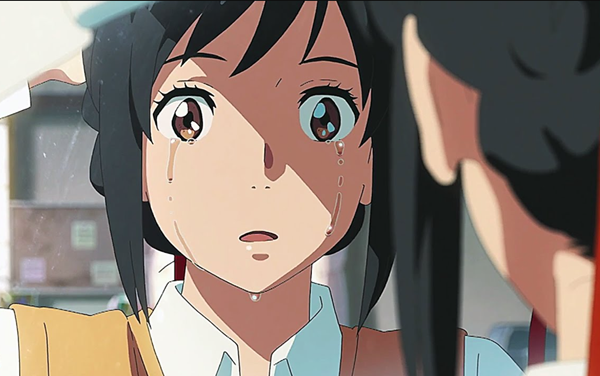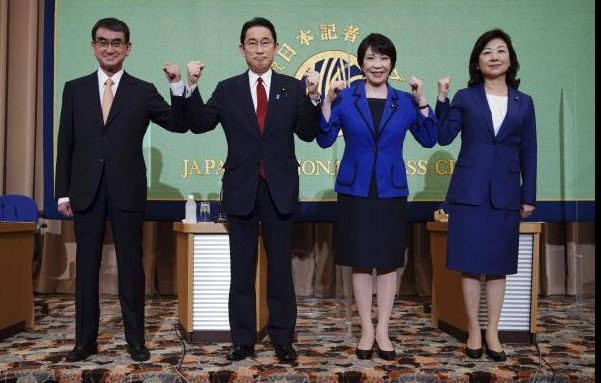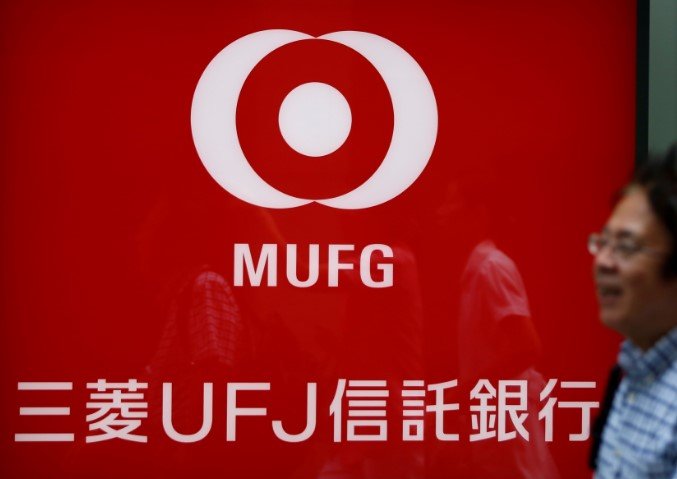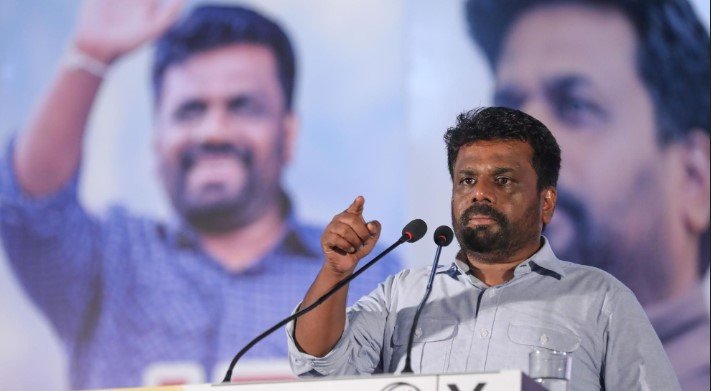Japanese anime industry, a global cultural phenomenon, has captured the hearts of millions worldwide. This artistic powerhouse generates billions in revenue annually and garners numerous prestigious awards. However, behind the glittering screen lies a stark contrast between the flourishing industry and the lives of its creators. Many young animators struggle to make ends meet, with some finding it challenging to afford even basic necessities.
The Global Influence of Japanese Anime
Japanese anime, or animation, is not just a form of entertainment; it is a cultural movement that has permeated societies across the globe. From the bustling streets of Tokyo to the quiet corners of small towns, anime has found its place in the hearts of fans everywhere. Its reach extends far beyond Japan’s borders, influencing art, fashion, and storytelling in various cultures.
The industry’s success is undeniable. Anime series and films have not only become a staple in entertainment but also a significant export for Japan. Major studios like Studio Ghibli have set the gold standard in animation, producing works that are celebrated for their artistry, storytelling, and emotional depth. This widespread appeal is evident in the numerous awards and accolades that Japanese anime consistently earns, such as the honorary Palme d’Or awarded to Studio Ghibli at the Cannes Film Festival, a testament to its global impact.
The Harsh Reality for Young Animators
Despite the global success and recognition of anime, the lives of those who bring these stories to life are far from glamorous. Young animators, often driven by passion, enter the industry with dreams of creating the next big hit. However, the reality they face is one of long hours, low pay, and high stress. The industry is notorious for its demanding work conditions, where animators are expected to work tirelessly to meet tight deadlines, often at the expense of their health and well-being.
A significant number of these young creators struggle to sustain themselves on the meager salaries they earn. The situation is so dire that many animators find it challenging to afford even basic necessities like food and rent. The glamour of the industry’s output contrasts sharply with the hardships faced by its workforce, raising concerns about the sustainability of this model in the long term.
The Efforts to Support Struggling Animators
Recognizing the dire situation, some within the industry have taken steps to provide support to these struggling artists. One such initiative was launched a decade ago by a CG (computer graphics) animator who had witnessed many of his peers leave the industry due to unbearable working conditions. Determined to make a difference, he established an affordable dormitory specifically for young animators.
This dormitory serves as more than just a place to live; it is a community where young animators can hone their craft, share their struggles, and find solidarity with others facing similar challenges. By reducing the financial burden of housing, this initiative has allowed many animators to continue pursuing their passion without the constant fear of financial ruin.
The Future of the Anime Industry
The anime industry stands at a crossroads. While its global influence and cultural significance are stronger than ever, the sustainability of its workforce is in question. The current business model, which relies heavily on the exploitation of young talent, is not sustainable in the long run. If the industry is to continue thriving, it must address the underlying issues affecting its creators.
There is a growing awareness within Japan and among international fans about the plight of these young animators. As this awareness spreads, there is hope that the industry will undergo much-needed reforms. Ensuring fair wages, reasonable working hours, and better working conditions could not only improve the lives of these animators but also enhance the quality of the work they produce.
Conclusion
Japan’s anime industry is a beacon of creativity and innovation, but it is also facing a significant crisis. The gap between the industry’s success and the harsh realities of its workforce is a pressing issue that cannot be ignored. By acknowledging the challenges faced by young animators and taking steps to address them, the industry can ensure that it continues to be a source of inspiration and joy for generations to come.











